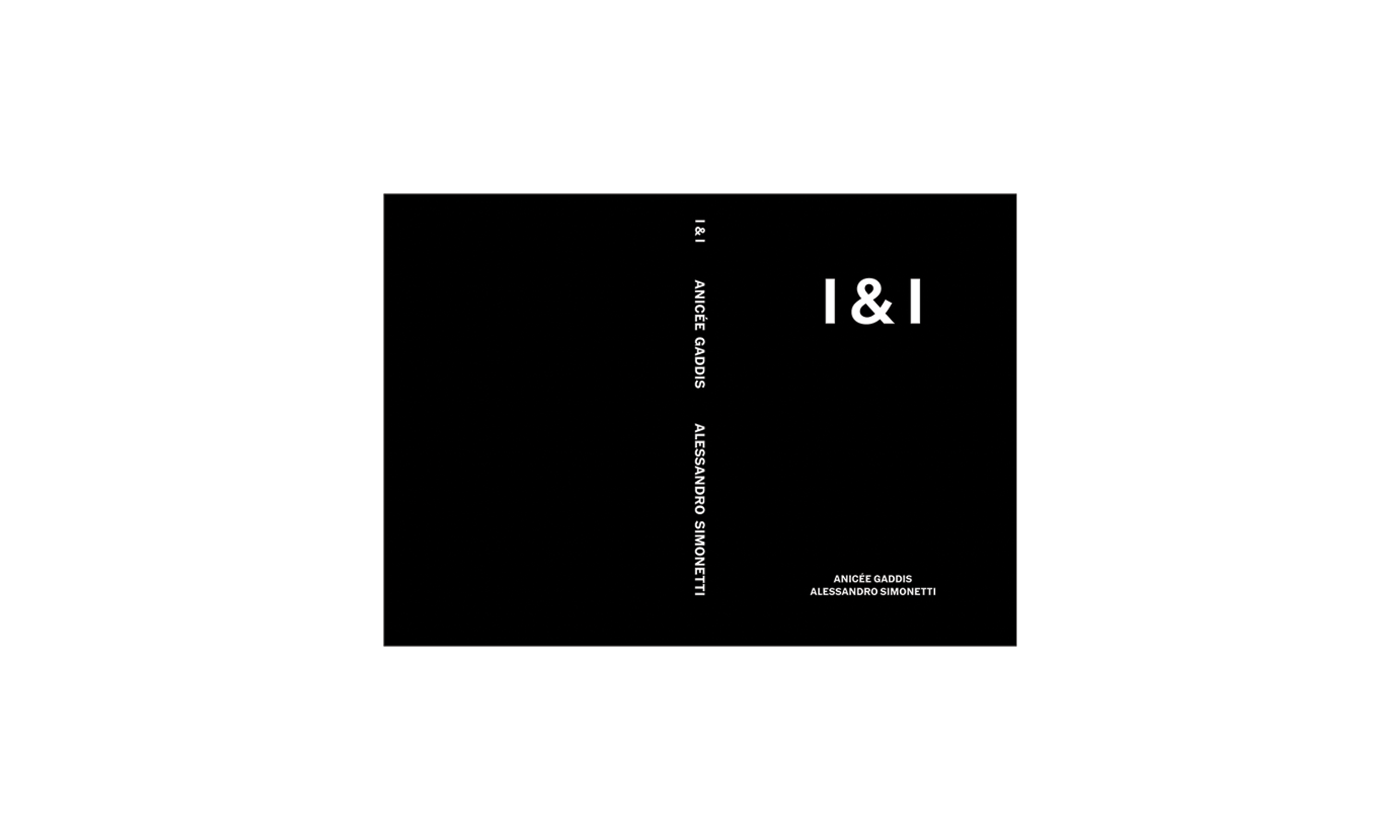
Italian born, New York City based photographer Alessandro ‘Zuek’ Simonetti grew up parallel to the urban street cultures of the early ’90s. During his career, Alessandro has developed a signature photographic language that reflects his deep interest in young niche cultures. His projects often stretch beyond the photographic medium to offer a broader commentary on the universal human condition.
We recently met with him to talk about how he first came to photography, his methodology, and the journey that led to the book “I & I”, showcasing some of his strongest, most evolved work to date, accompanied by a long form text from writer Anicée Gaddis. As an overview, the book examines the Rastafari faith as it exists in contemporary Jamaica and how it’s expressed through Rasta elders, scholars, and a generation of young artists and activists.
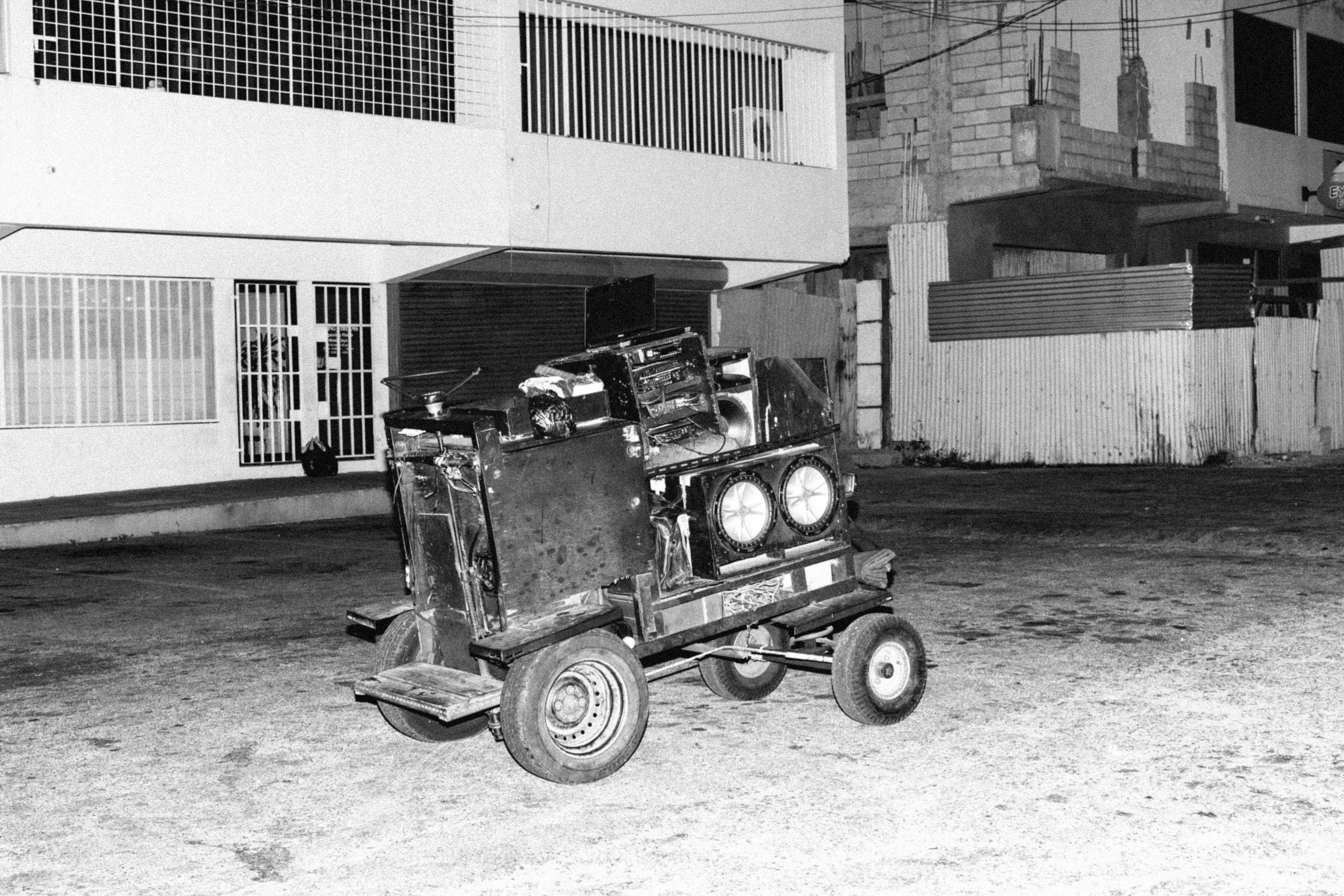
Tell us how you first came to the medium of photography, and about your creative process when approaching a subject.
I was handling cameras since I was a little kid. But the first time I felt that photography was a good way for me to translate what I was experiencing in my life was when I was about 16, in the early ’90s. It coincided with when I started to dive into young, underground cultures. I was an active graffiti writer. I was hanging out with a crew of skaters. I was going to punk and hip-hop shows. At that point, photography became not only a tool to record but also an excuse to gain access to certain scenes and subjects. Already, without knowing it, I was documenting niche cultures, which weren’t hype at that point.
I was always familiar with reggae but didn’t really have a deep understanding of it. I was on my trip of straight edge, hard core, punk, and indie music, but it came full circle when I went to Ethiopia in 2005 to shoot the 60th Anniversary of Bob Marley. It was a family reunion for me. My sister was living there and my father decided to take me. Somehow I ended up getting a backstage pass to the shows and was able to shoot all these subjects there that I later shot again in Jamaica for the book.
How did the project manifest itself?
It came about in a really organic way, the culmination of many work trips and photo shoots that I did with my partner in crime, Anicée Gaddis, of Small Kings Press. Anicée is a talented writer who I would say I met through osmosis, very naturally let’s say. I would say “I & I” started when we met several years ago. We found each other randomly staying in Kingston at the same time and were talking about the possibility to shoot a subject. So we developed what I call a one-night-stand project, meaning that we spent from midnight to 5am, shooting in Tivoli Gardens at Passa Passa, one of the most legendary and legitimate street parties in Jamaica, and we called that project “Small Kings.” So before arriving to “I & I,” we did other projects and were able to explore many layers of Jamaican culture. Our curiosity about the culture really drove us to discover deeper aspects of the island. I have friends born and raised in Jamaica that told me, ‘You guys saw stuff that I’ve never seen before.’ And so I developed an attachment to Jamaica, with Anicée’s insight as well. It’s the country I’ve visited the most, if you don’t count Italy.
The Rastafari culture is deep and spiritual. How did you decide to present this through your lens?
My way is to take a really humble, non-judgmental approach to my subject. I was familiar with it through my connection to reggae music and from my trip to Ethiopia. My father was probably the first person to tell me who Haile Selassie was – he gave me a deep talk about him and his history. And I see it all as a continuation that kept coming into my life. Anicée perceived, before others I think, this new wave of young spiritual reggae artists. People from the dancehall scene were stepping into a more thoughtful and spiritual way to convey their message, which is reggae, as we know it from Bob Marley, Peter Tosh and that era. What I do before I shoot, as an exercise, is to think about the subject I’m going to shoot – reggae has been massively documented – so I steer clear of stereotypes. So before, during, and after the shooting and the preparation of the book, somehow I knew what I wanted to include and not include – always trying to avoid elements that would make this book expected. This was a really immersive project for us, and spiritual too.
The culture and aesthetic are so colorful and vibrant. Why did you decide to shoot in black and white?
Because black and white, I find, has always been a way to build a line of abstraction. For many many years, I think black and white has been misunderstood as a nostalgic, timeless medium, which it is for sure. But this chromatic essence of black and white is, for me, more contemporary than color. It gives you less information so there’s more room for interpretation. Not to compare it to the big artists, but it’s similar to a painting by Lucio Fontana. With a photo, you think about something and you shoot in a fraction of a second. That’s what intrigued me about photography, the immediacy of it, and shooting somehow abstractly.
What’s next for Small Kings Press?
For Small Kings, we are planning on releasing a second edition of “I & I” with more content, and more chapters that we kept quiet but it’s a good excuse for us to release a redux, hopefully soon. So it’s a fuller version of the first book, which we started coincidentally on Coronation Day, the anniversary of when Selassie was crowned King of Ethiopia, one of the highest holy days in the Rasta calendar.
What follows are images and an excerpt from the “I & I” book:
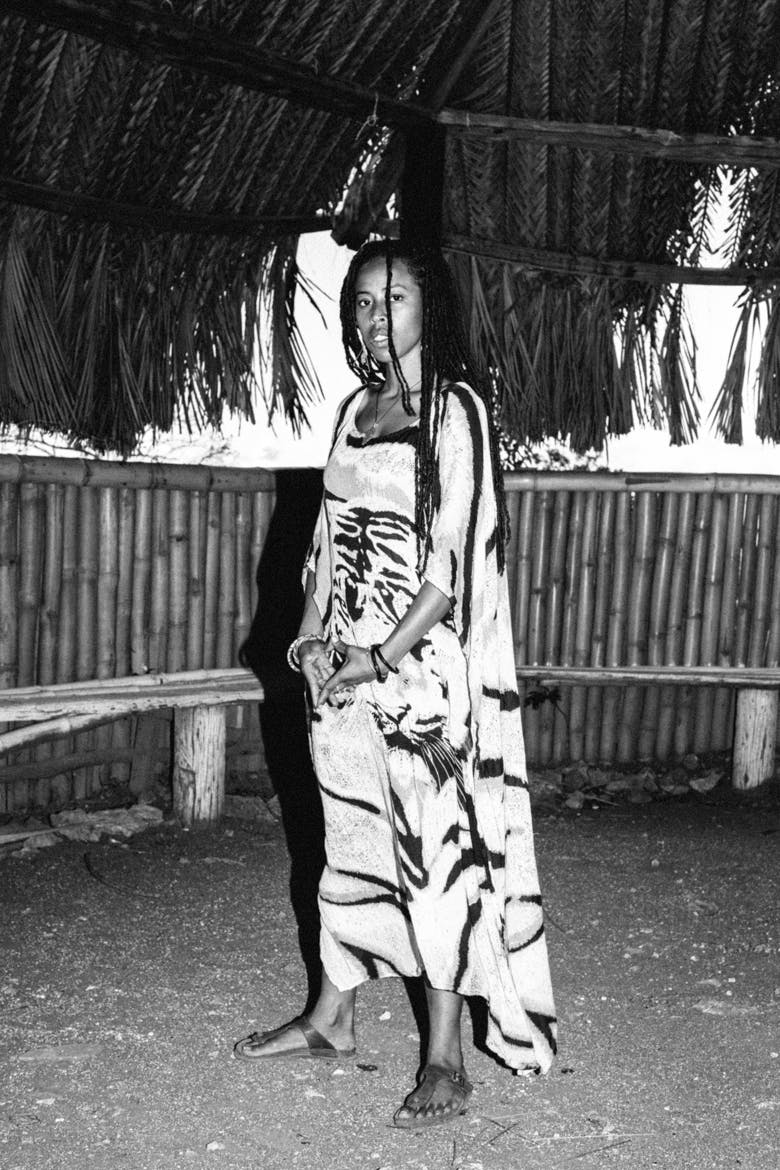
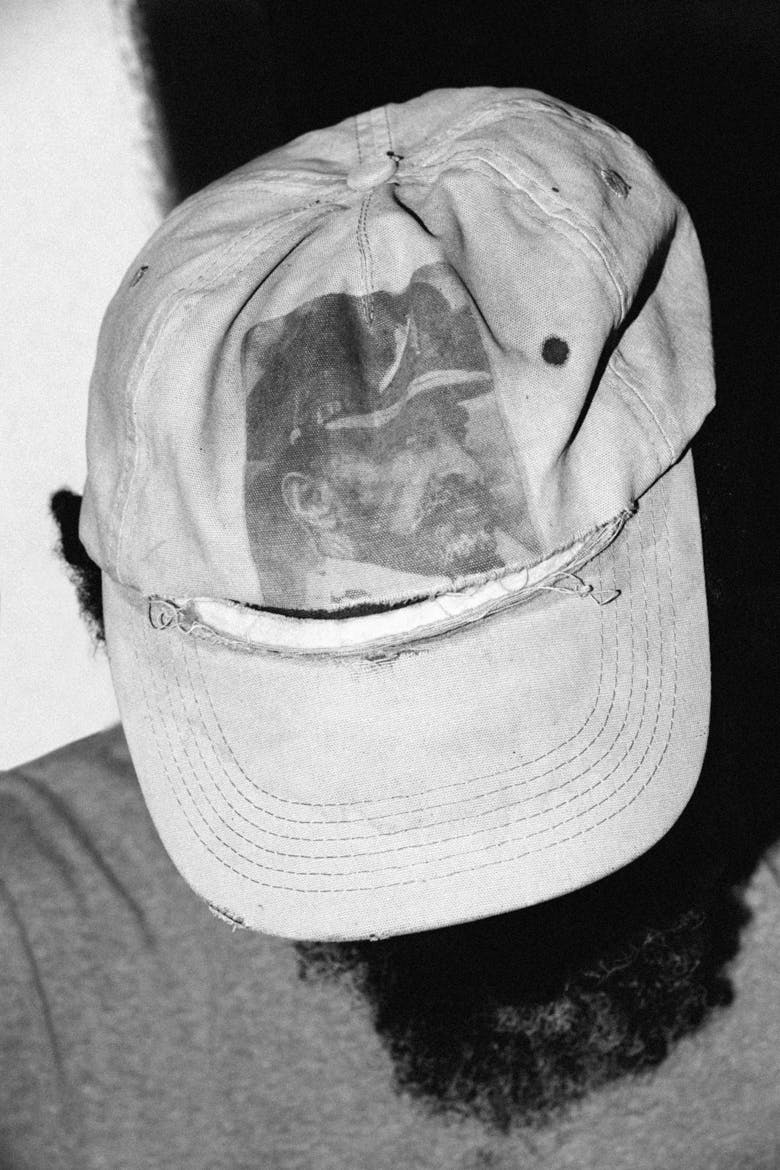
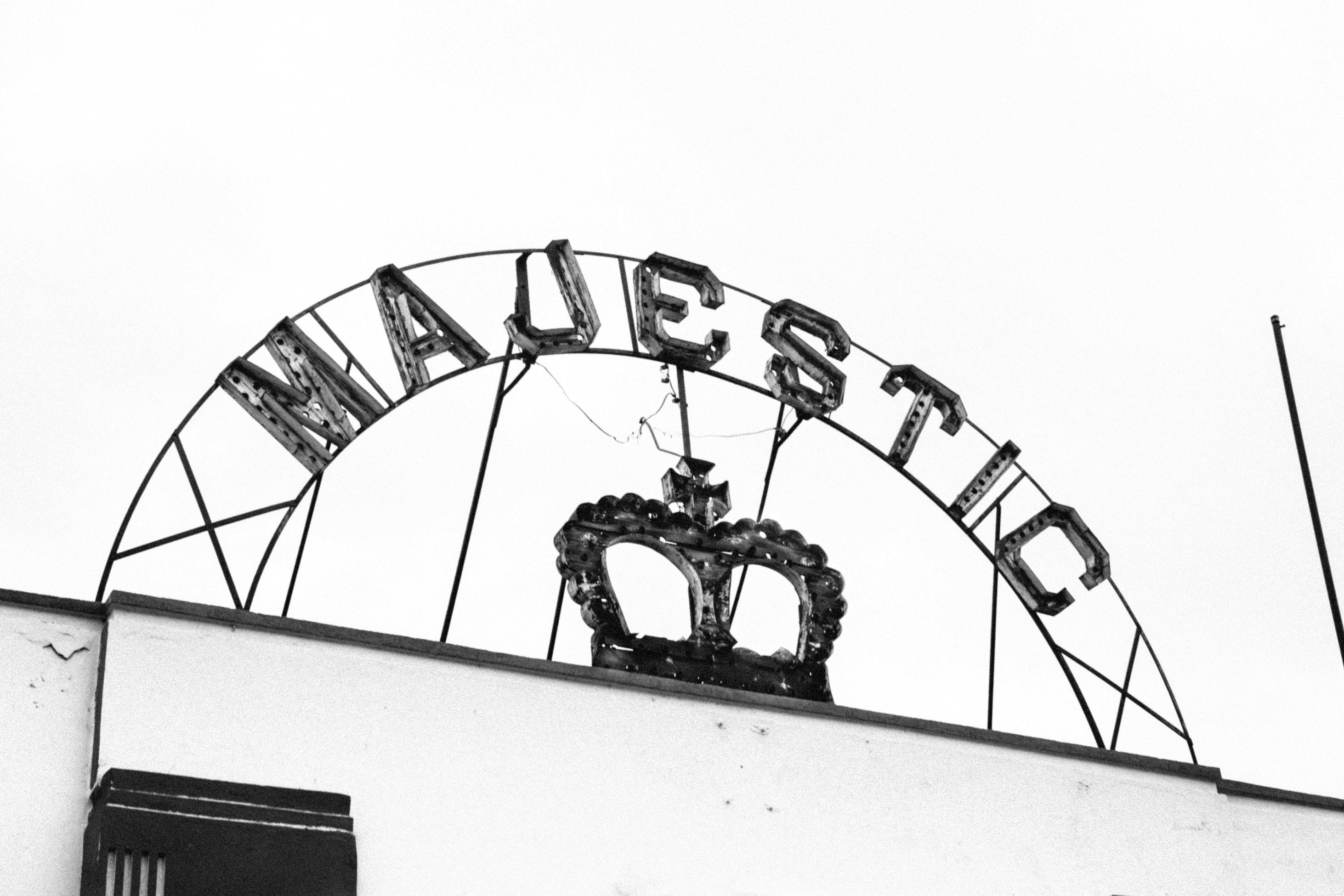
“If a plant cannot live according to its nature, it dies; and so a man.”
- Henry David Thoreau from "Walden and Civil Disobedience"
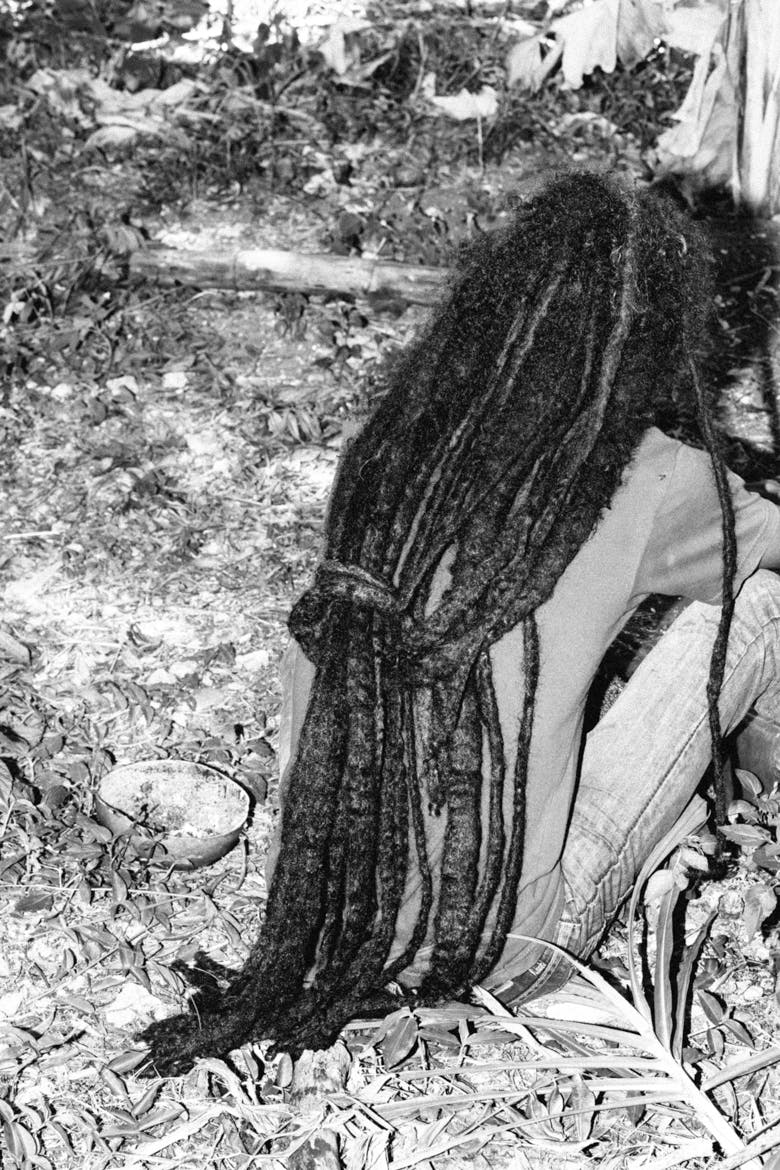
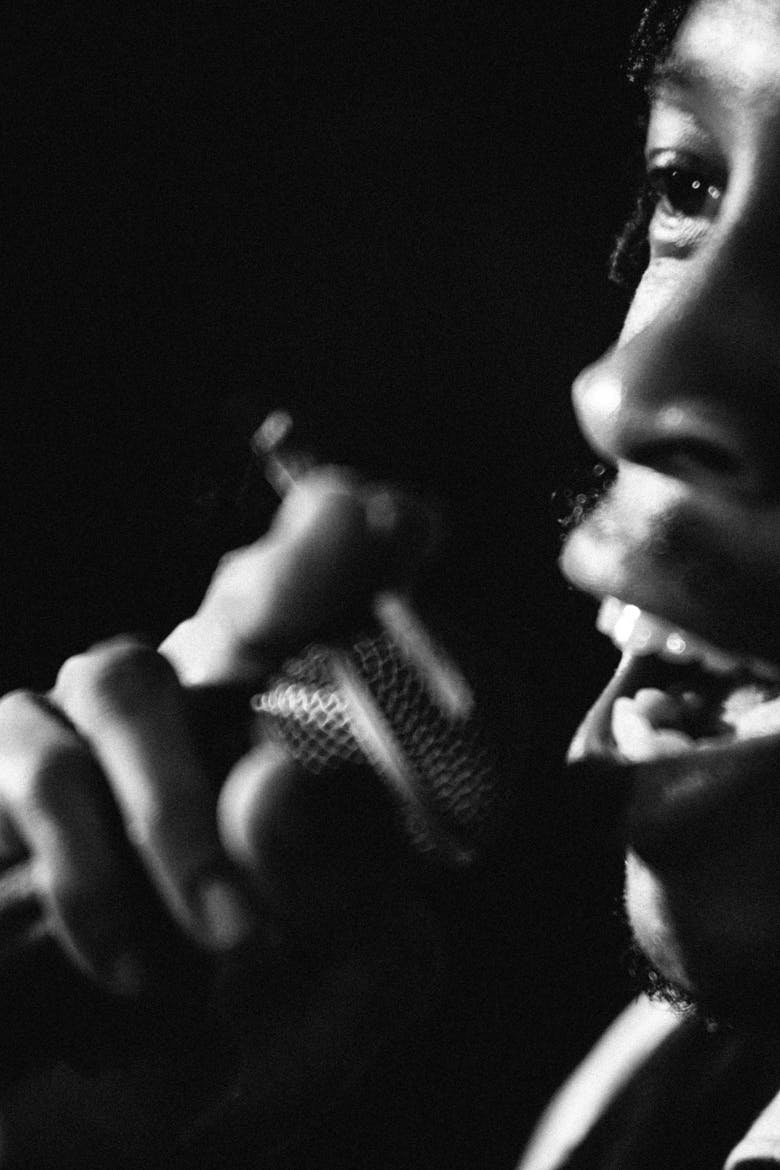
As you walk with Yagga back towards the garden, where the breadth and abundance of vegetation feels operatic, he points east, mentioning that there is an extinct volcano, Black Hill, which is said to have frightened Christopher Columbus when he first landed in Jamaica. Yagga disappears and returns with a machete, a cheese grater and a bowl made from a hollowed out coconut shell. After gathering okra, tomatoes, garlic, callaloo, bok choy, scallion, carrot and mincing everything with hearts of palm, he offers you a serving, first producing a small corked bottle of clear liquid. “Cold-pressed coconut oil,” he says, “premium grade.” You sit under a June plum tree and eat the delicious lunch with a spoon fashioned from a slice of coconut meat. Once you’ve finished, he shows you his ganja plants, including his prized white widow, and says that they are nearly ready for consumption. “Rasta is the native bean of Jamaica,” Yagga says, looking clear-eyed towards the sea. “We are that genie in the bottle.”
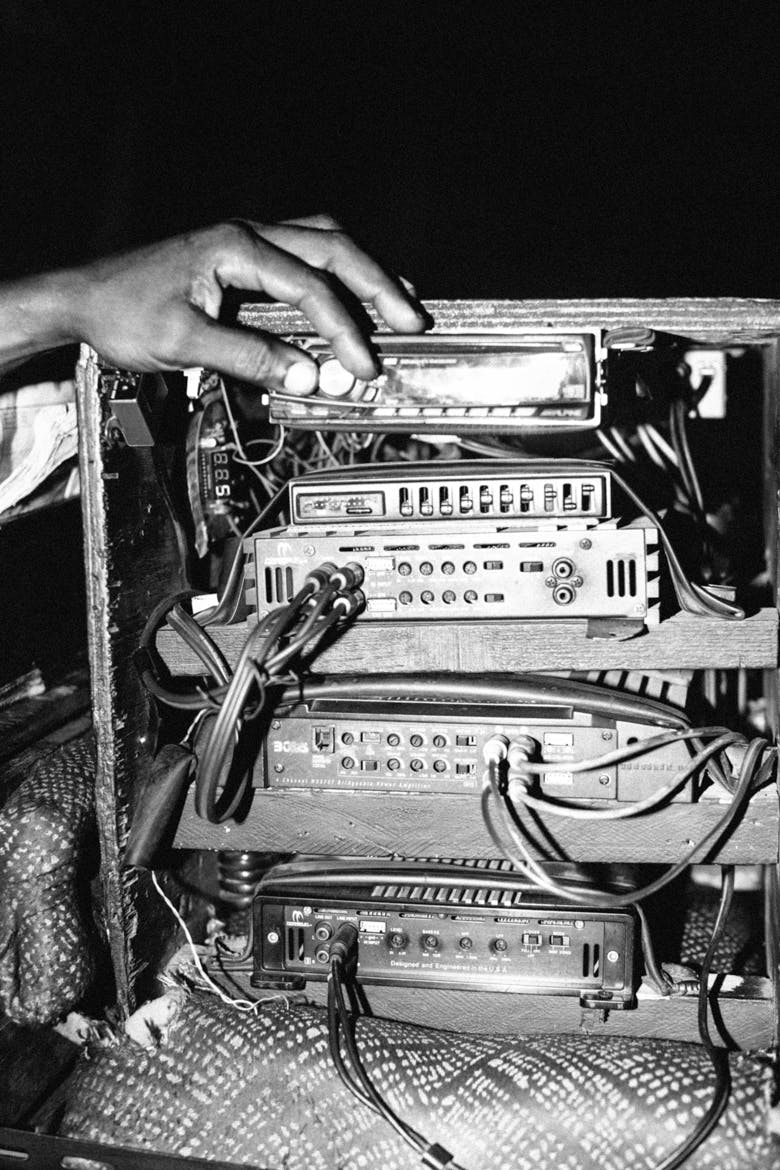
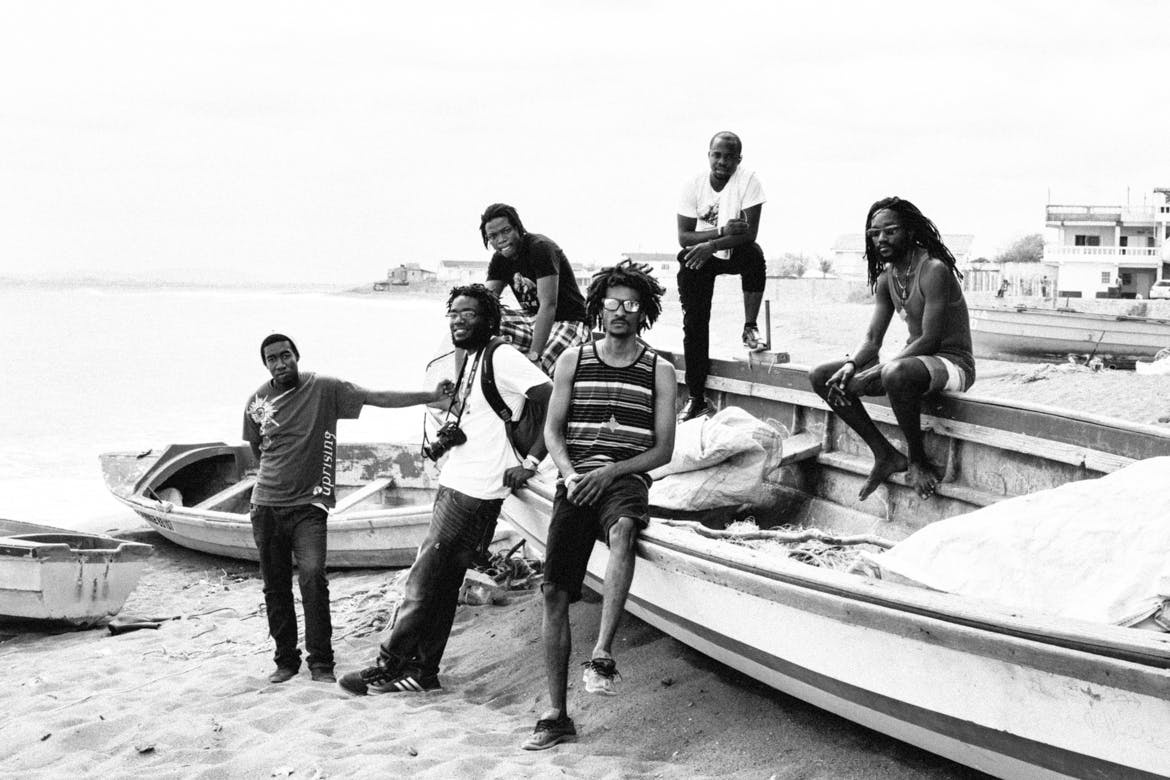
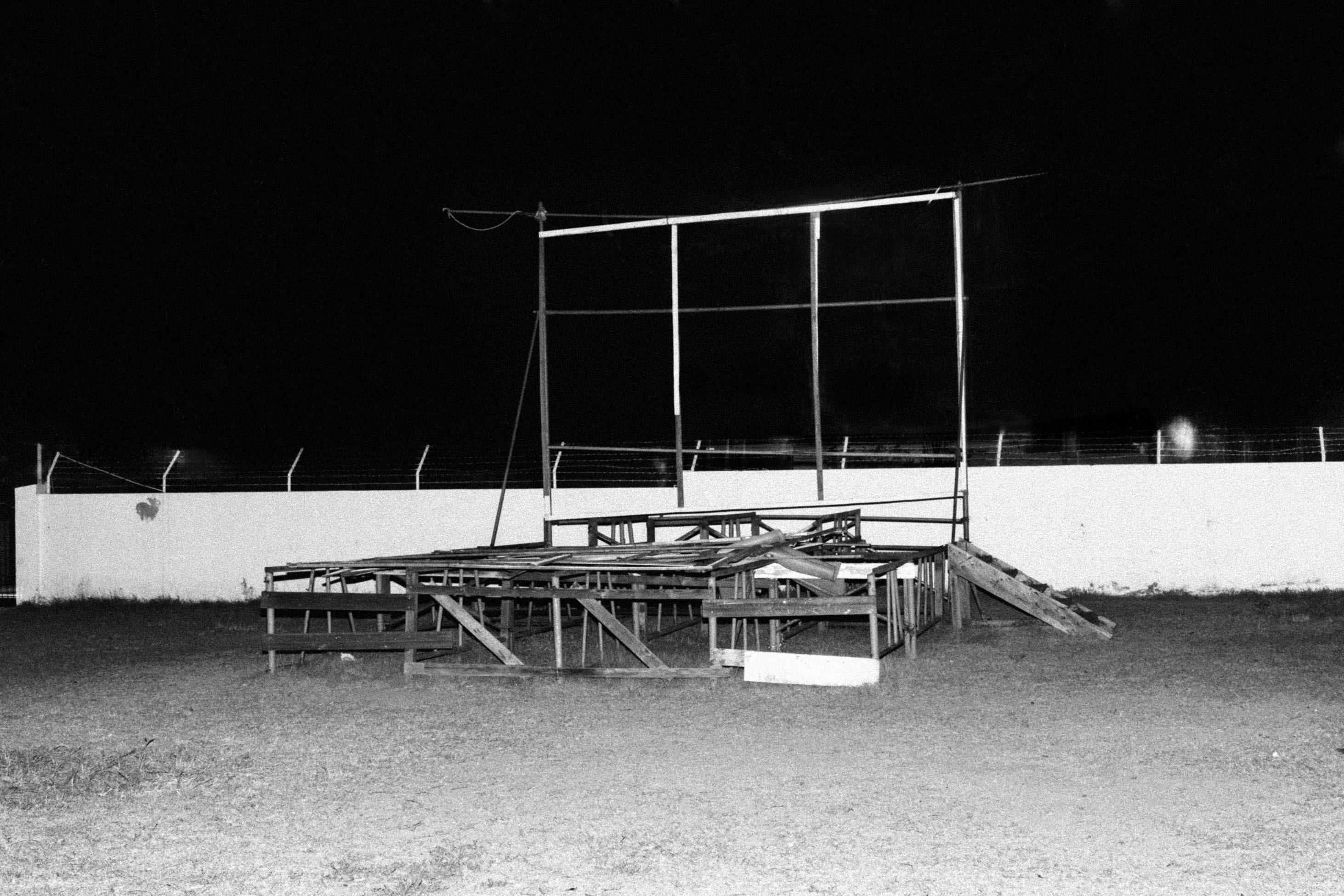
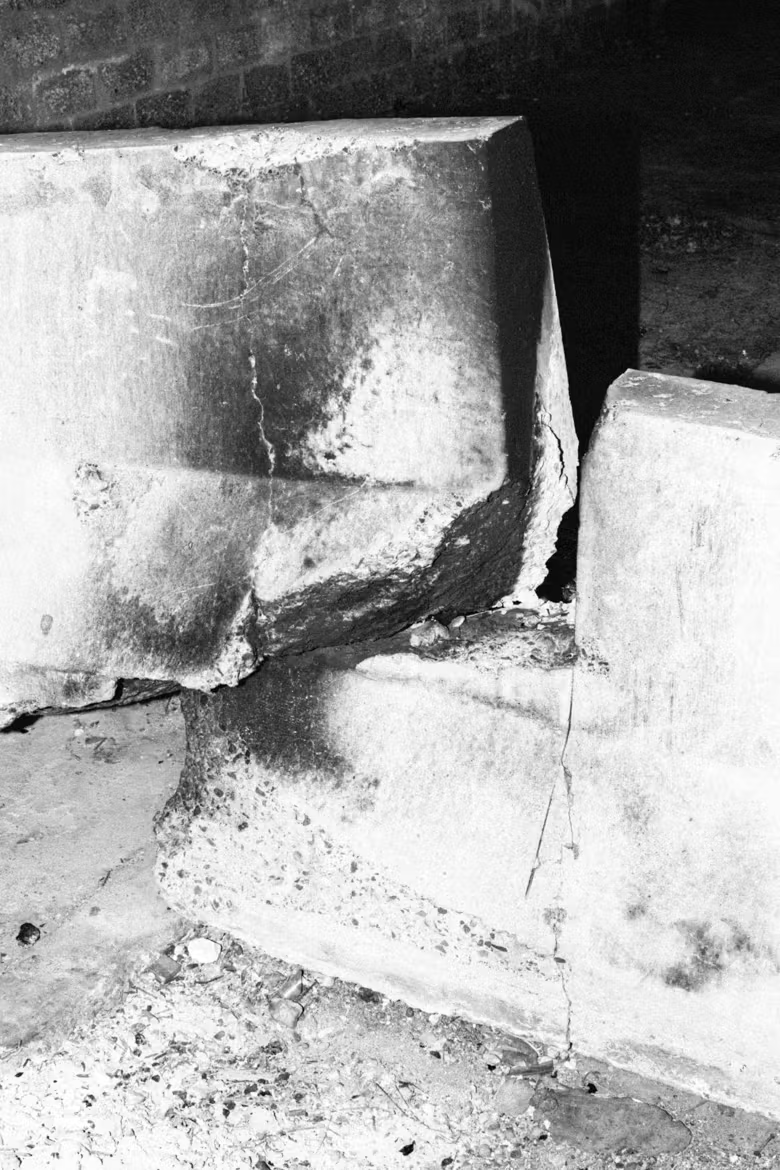
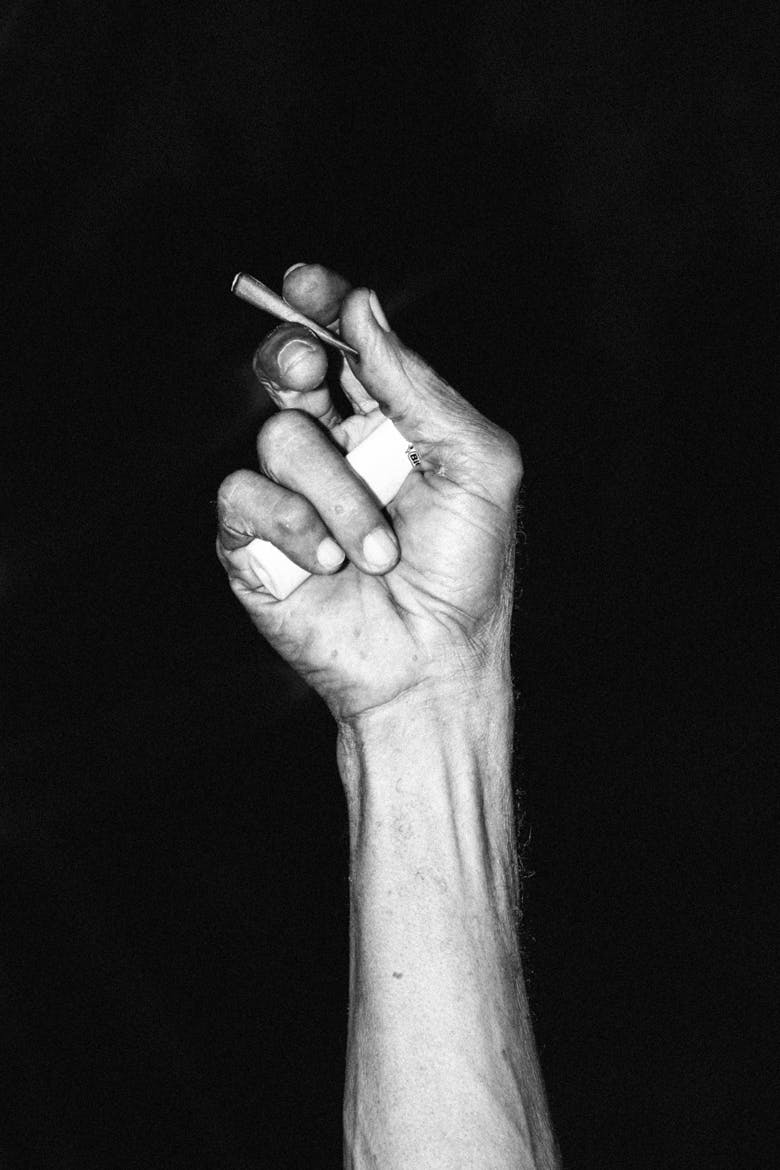
As you watch him move through the labyrinth of his utopia, you begin to wonder if he is from another time. He is flexing to his own clock, tempo and flow in an environment that allows him to be exactly who he is, in congress with himself, at peace in his own glory. Man in his natural state, you think. The challenge is how to fit the world around him. Is he living as an ancient in modern times or is he so far ahead of the times he is a manifestation of the future? It crosses your mind that most people are afraid to be as honest as he is living. “Rasta represents life itself,” as his brother told you. “It is us, on this earth, in this moment.”
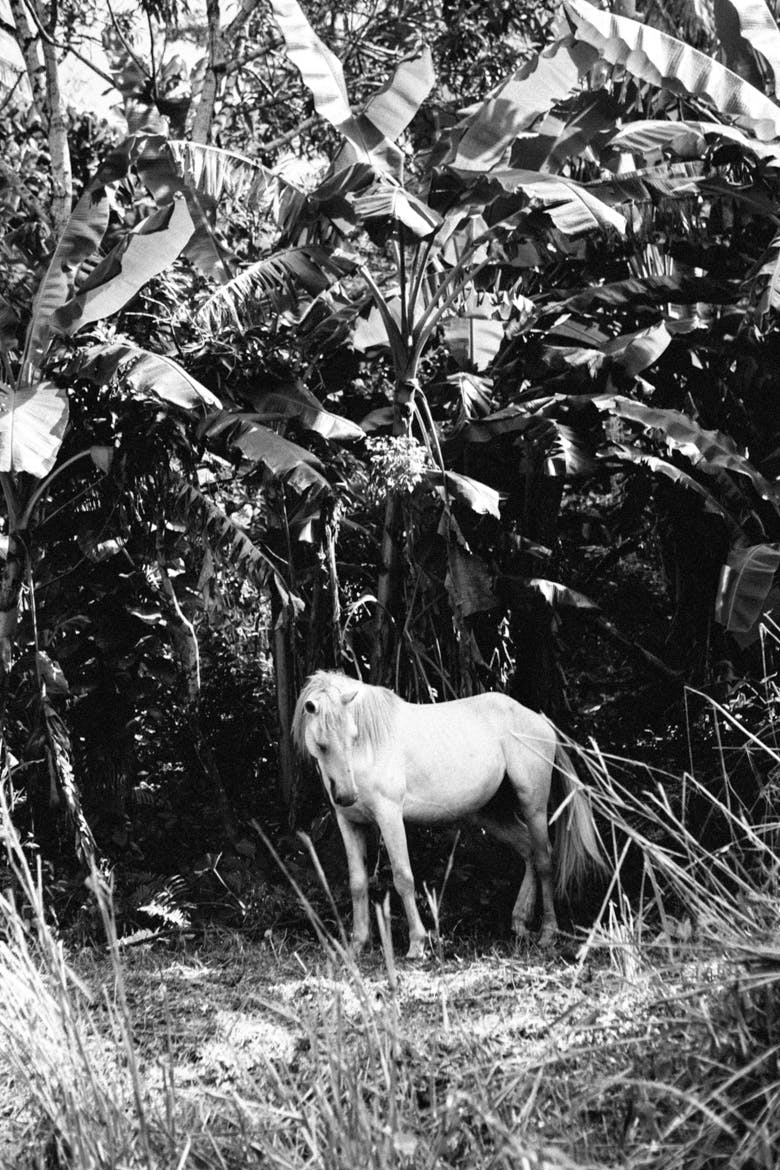
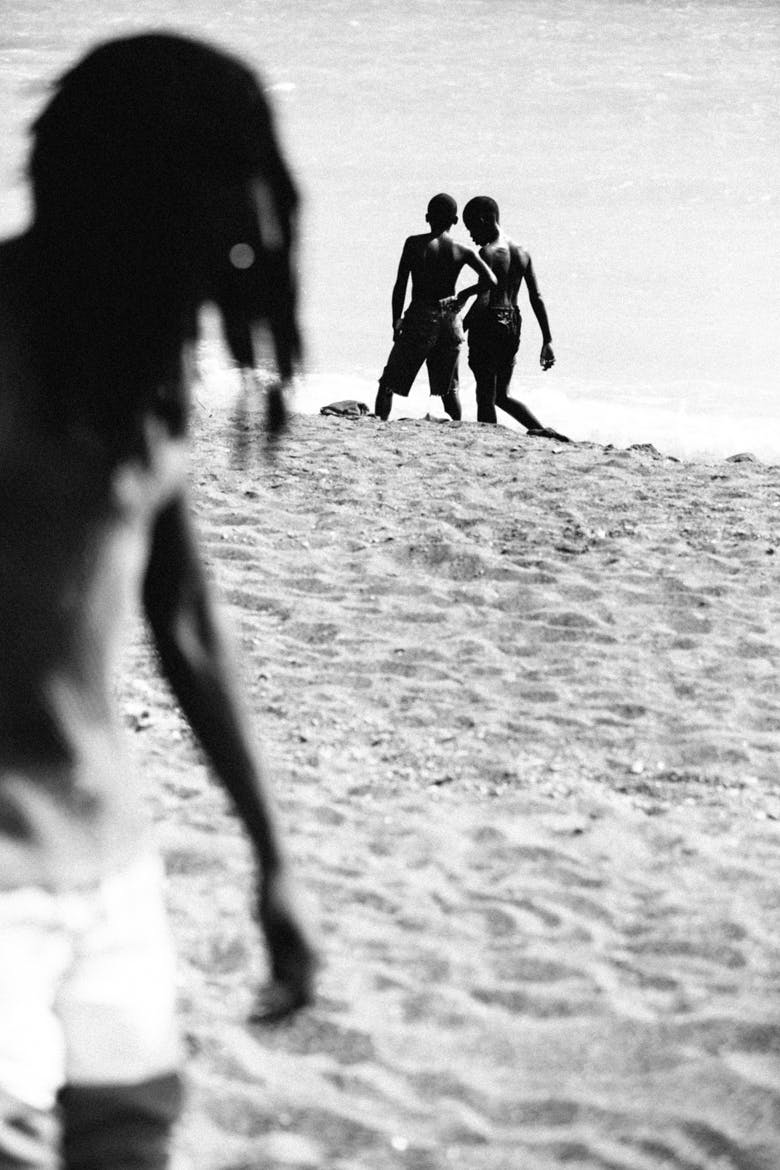
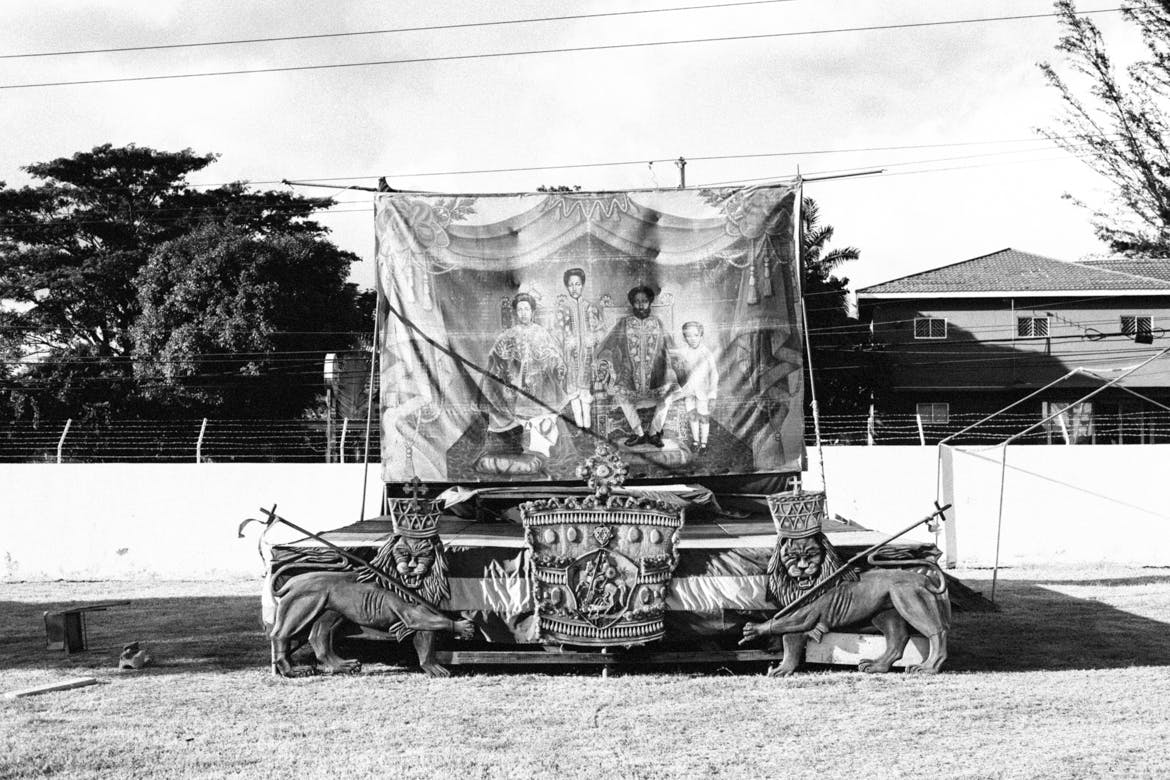
As you are leaving, you notice an arbitrary set of concrete steps arranged on a lawn under an almond tree. The steps end abruptly, leading nowhere. But the allegory is not lost – at the foot of His Majesty’s Rainbow Throne, the hallowed stairway to Mount Zion. Out of the wilderness, you think. And so perhaps Rasta provides a beacon for those in the wilderness, a collective intuition for those seeking an aperture to the universe’s higher vibration.
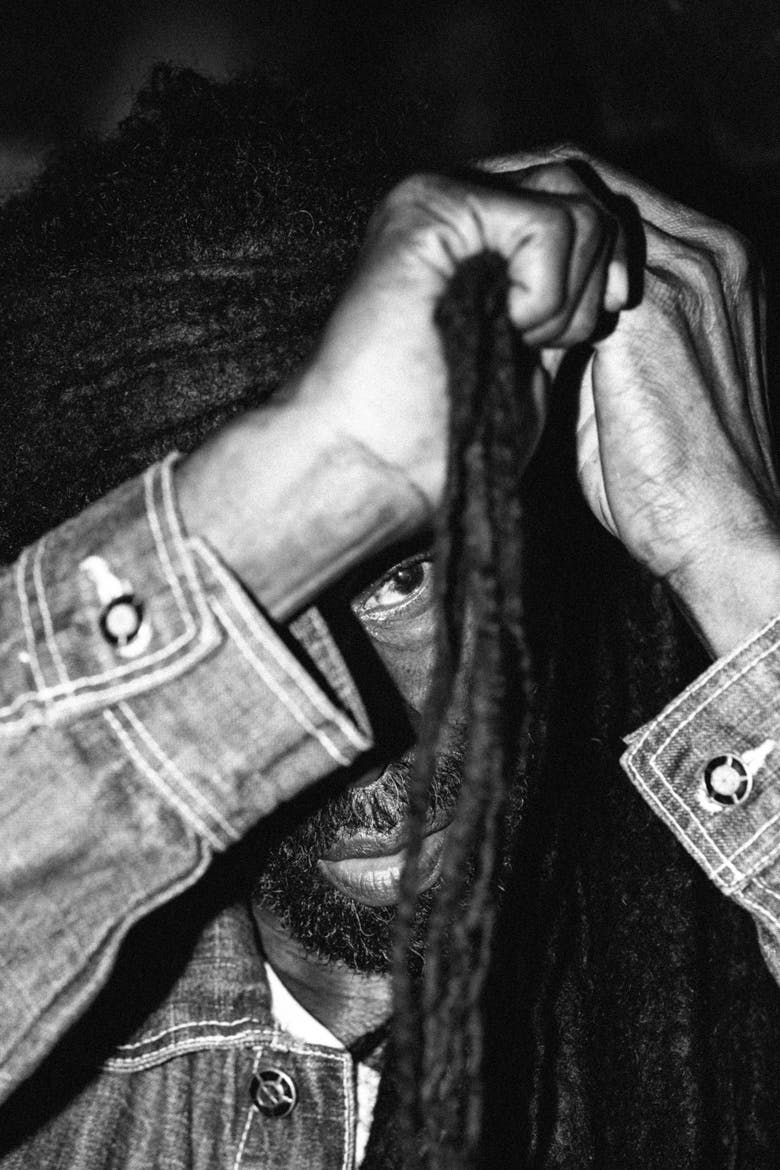
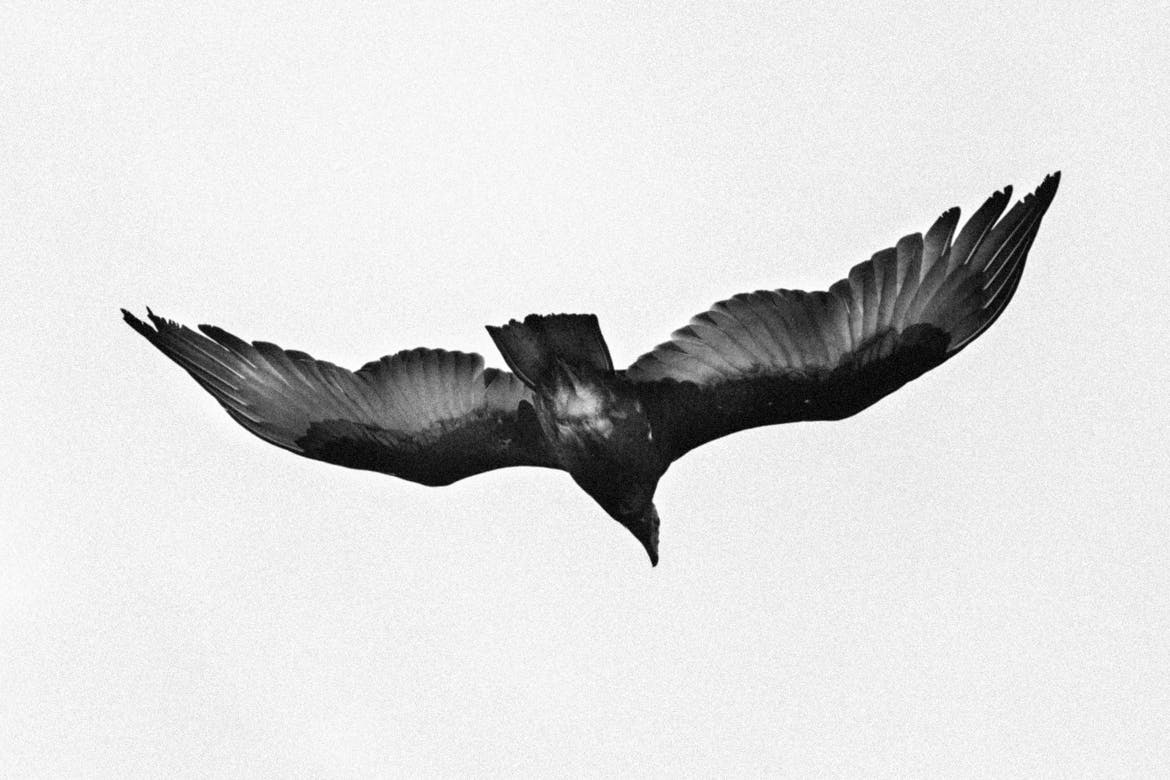
Later that evening, you are sitting alone in the dark under the palm trees. All of your technology has run out of battery and so you watch the spotlight of the moon beaming down on you like a sun. “Heaven is on earth,” Amlak said, during your drive, “that is another of the teachings of Rastafari.” You question yourself. You question this. Is it about approaching the precipice of a different understanding, of a tipping point toward self, of an obligation to rise to self, to find one’s own divine tribe? Or is it something more metaphysical – a choice between existing in the temporal plane or sitting occasionally at the table with God.
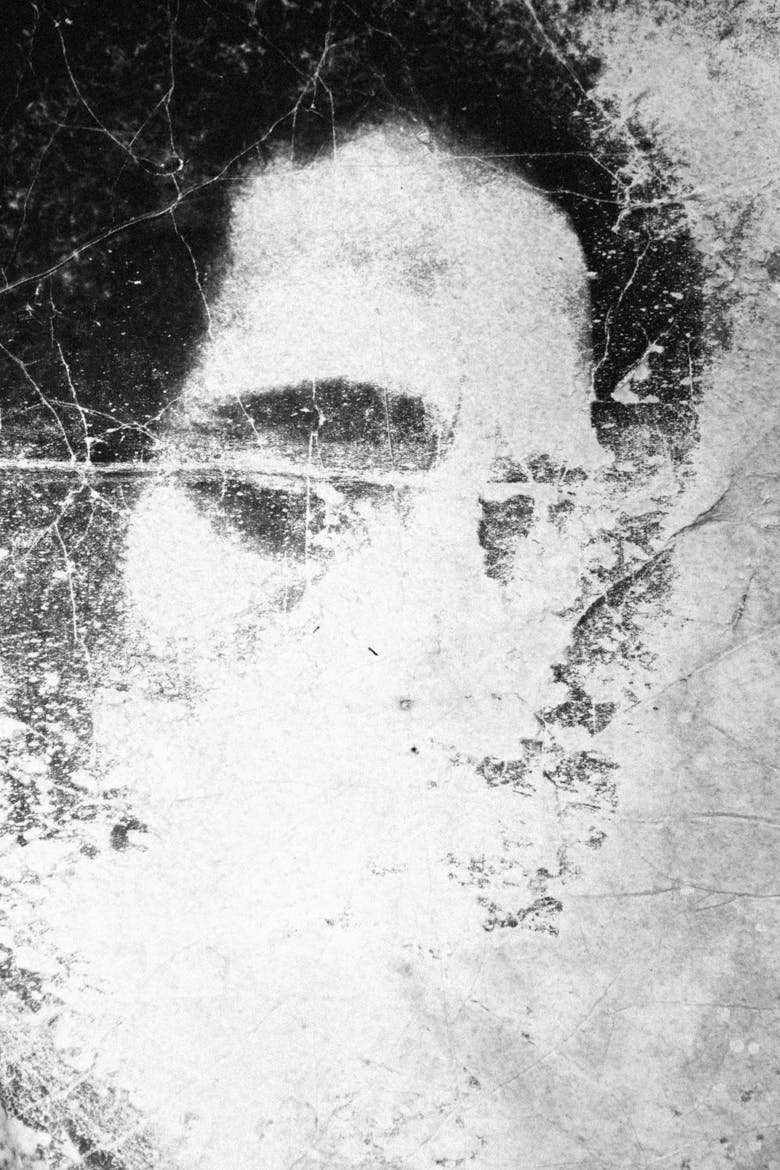
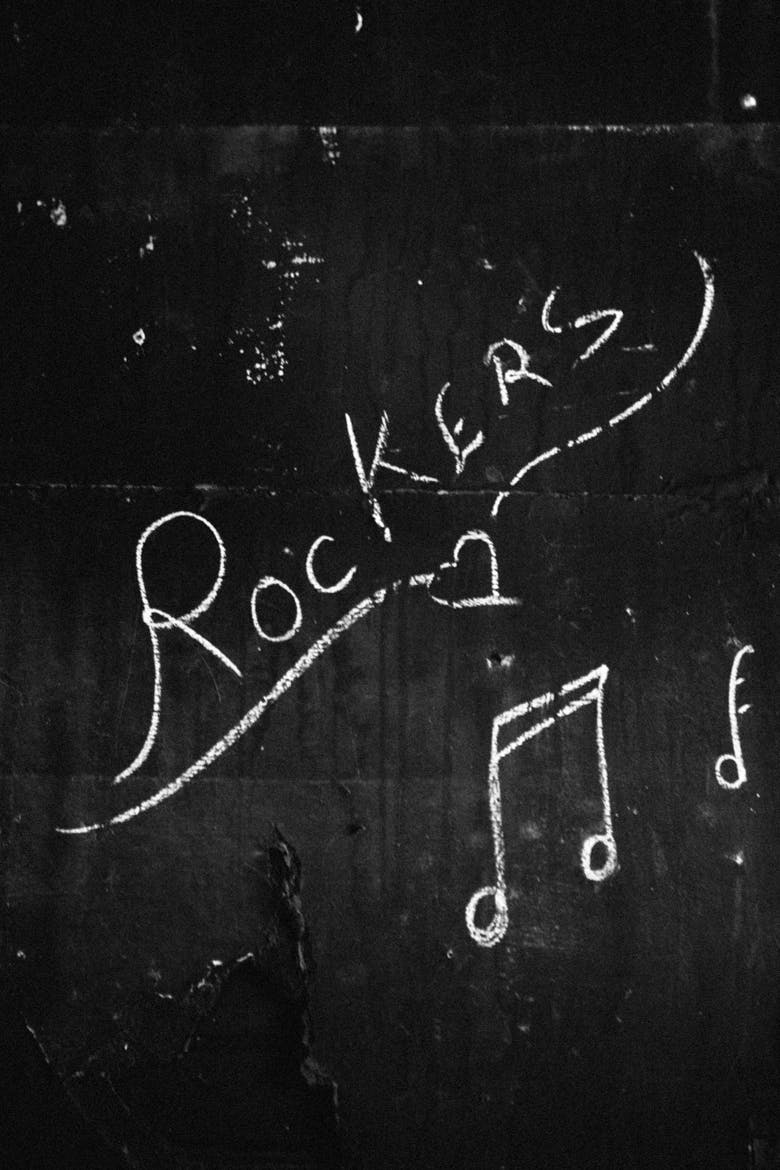
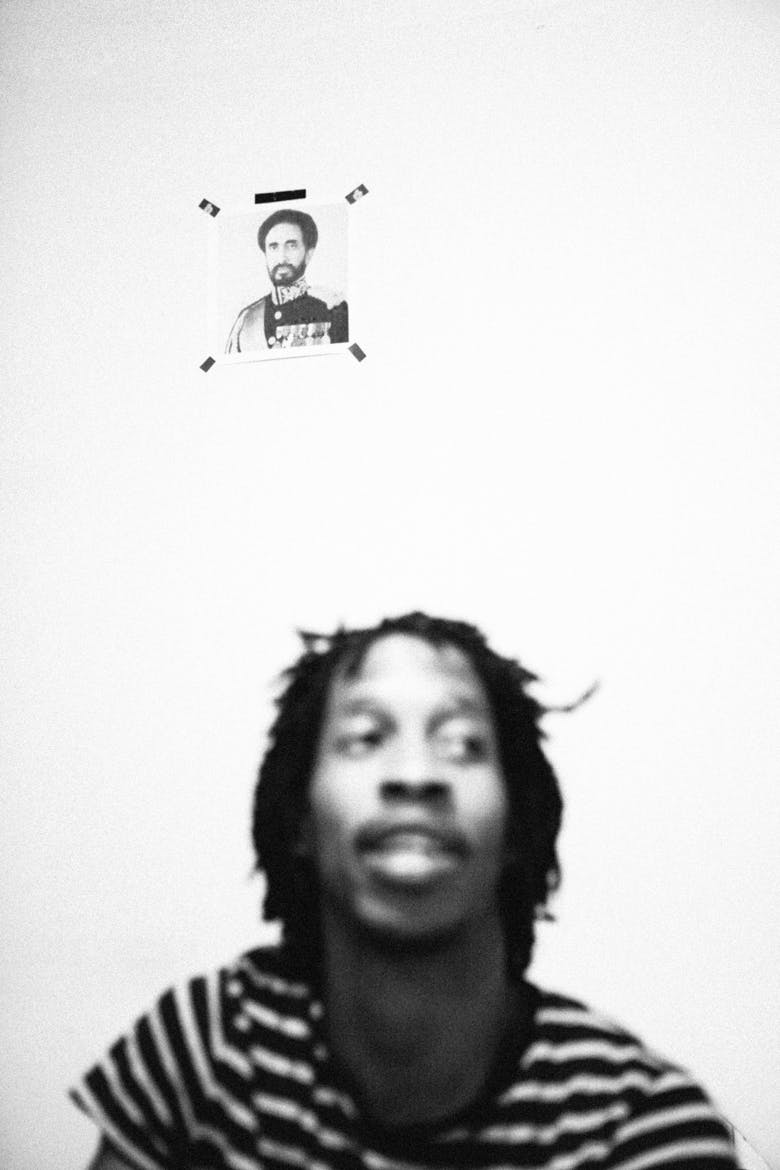
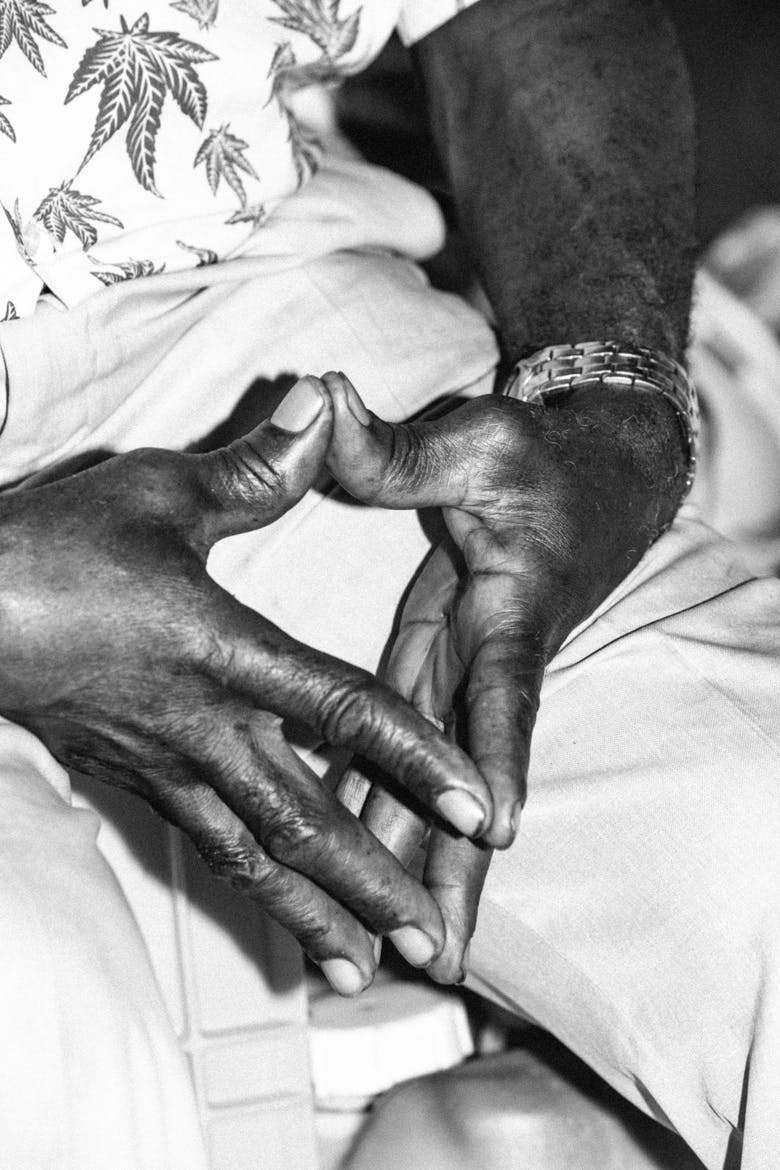
Find out more about the artists at:
www.alessandrosimonetti.com - @zuekster
www.aniceegaddis.com - @anicee_gaddis
"I & I" is a 23.5 original